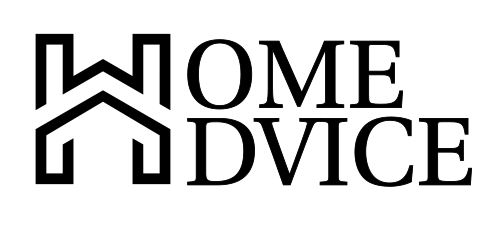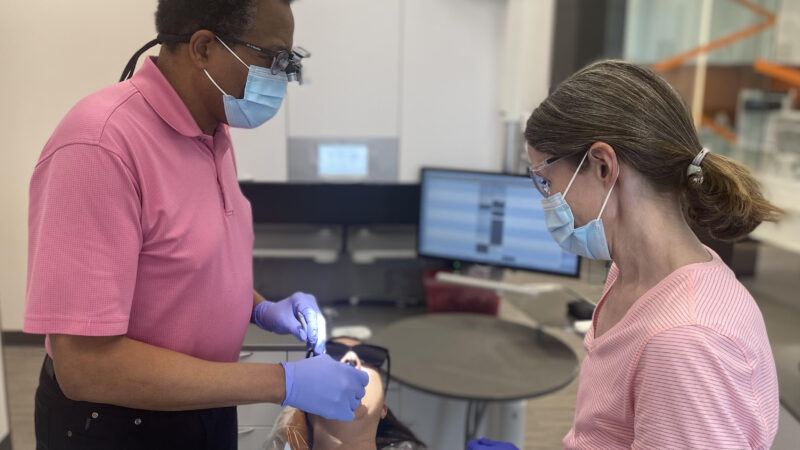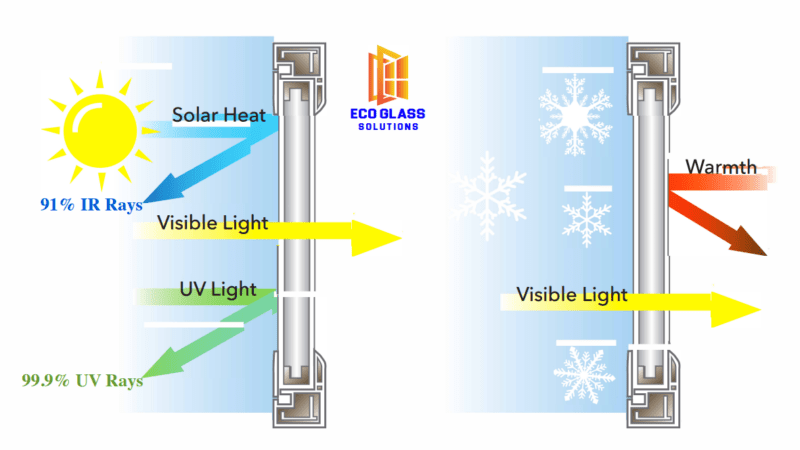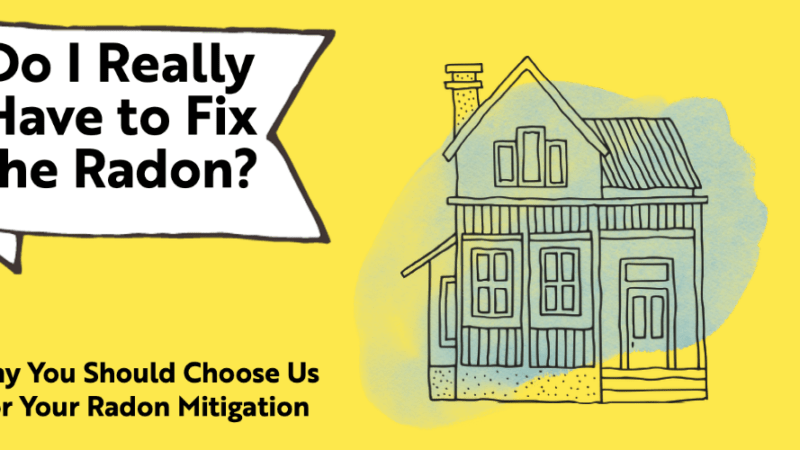Emergency Tips
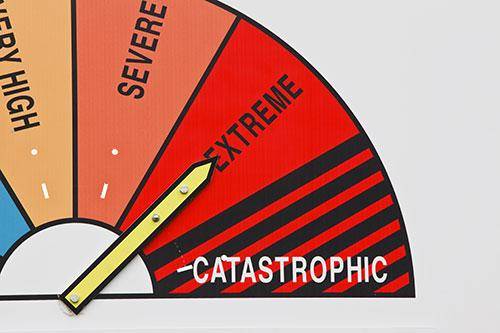
You Never Know – Emergency Tips
With the extremes of climate change, are you prepared to support the well-being and safety of you and your family in the event of an emergency?
Most items, like torches, are already part of your emergency preparedness kit; however, these and other items might be scattered around your house.
In quiet moments after the holiday rush and fun family events, you might find a little time to focus on just how prepared you are, what you need, as well as how and where to store your supplies and kit, and most importantly, what your evacuation plan would be.
Your kit can be stored in backpacks, duffle or hockey bags, or small cases on wheels, which can be placed in easily accessible places – perhaps the closet by the front door.
The government website, and the Alberta Emergency Management Agency website has excellent information and great outlines on what to do, and what to include in each and has a complete guide.
An immediate checklist would potentially get you through 72 hours. It would include water, (the suggestion is two litres per person per day), in bottles that are practical to carry. Decide on the most nutritious and sustaining canned foods, energy bars and dried foods and can openers; flashlight, extra batteries and first aid kit. Have a supply of infant formula and bottles, medication, and supplies or equipment for the elderly or those with disabilities. Keep cash in $10 notes, as well as change, which you might need for payphones. A battery operated radio would be handy to tune in for emergency updates.
If there is anticipation of a longer emergency or evacuation from your home, include a change of clothing for each member of the family; sleeping bags and blankets, additional practical footwear, toiletries, toilet paper, utensils for eating and garbage bags. Tools would include a pocketknife, work gloves, pliers, hammer, screwdrivers and wrench, and a portable fuel operated stove. Duct tape is always handy, as well as a whistle.
Your vehicle emergency preparedness kit would include the above items and in addition: tow rope, jumper cables, fire extinguisher, warning light or flares, antifreeze or windshield washer fluid; shovel, scraper and snowbrush, flashlight and seatbelt cutter. Candles can be placed in a deep can and have a supply of matches. Kits can be purchased from the Canadian Red Cross website.
Always have a map of your local region or anywhere you are travelling. A plan of action and escape route is also important, as well as copies of identification documents and an emergency contact list.
Be prepared!
